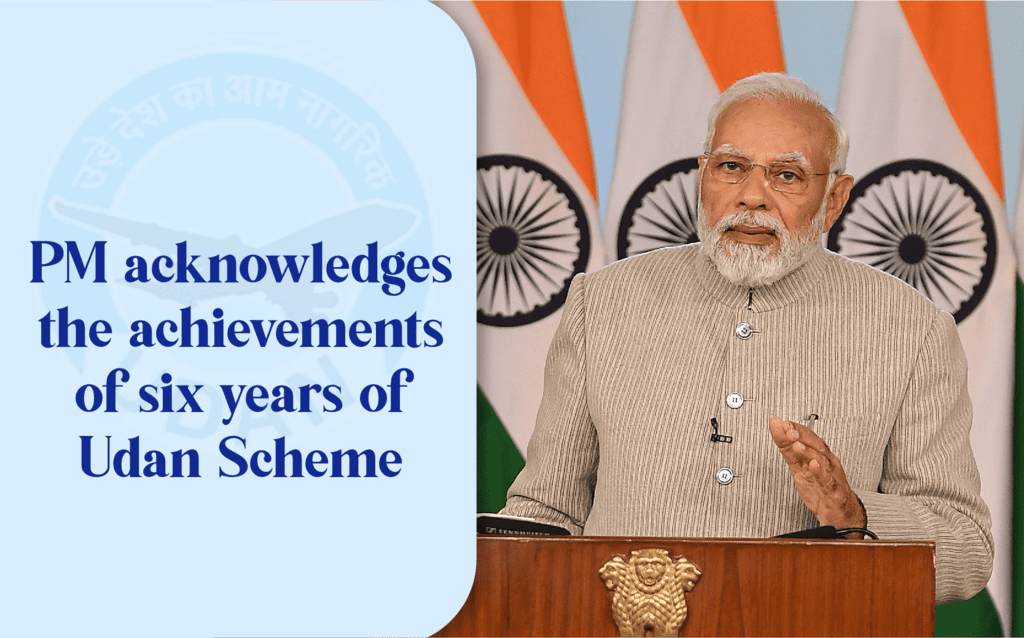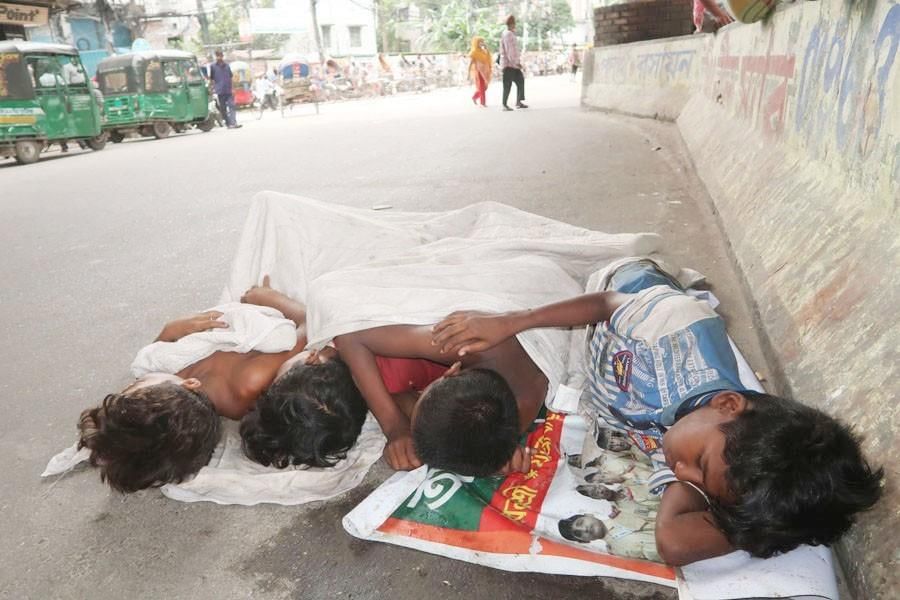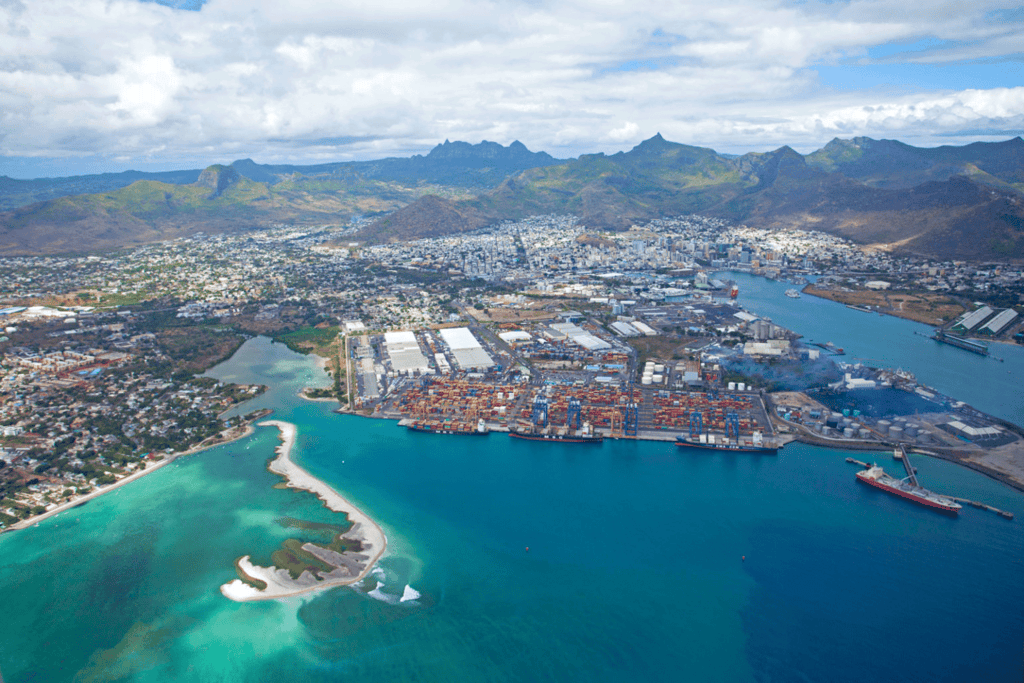PIB Summary - 28th April, 2025 | PIB (Press Information Bureau) Summary - UPSC PDF Download
UDAN Scheme

Introduction
- UDAN. “ Ude Desh ka Aam Nagrik. ) was launched on 21 October 2016 as part of the National Civil Aviation Policy (NCAP) 2016.
- The program aims to make air travel affordable and accessible to the common people, thereby democratizing it.
- It is implemented by the Ministry of Civil Aviation.
- The first UDAN flight took place on 27 April 2017, connecting Shimla to Delhi.
Achievements
- A total of 625 UDAN routes have been operationalized, connecting 90 airports, including 2 water aerodromes and 15 heliports.
- Over 1.49 crore passengers have benefitted from affordable air travel under this scheme.
- The airport network has expanded from 74 airports in 2014 to 159 airports in 2024.
- Approximately ₹4,023.37 crore has been disbursed as Viability Gap Funding (VGF) to support airlines in maintaining affordable fares.
- The scheme has significantly boosted regional tourism, healthcare access, trade, and economic growth in Tier-2 and Tier-3 cities.
Key Components
- Viability Gap Funding (VGF). This component provides financial assistance to airlines to help maintain affordable fare levels for passengers.
- Airfare Caps. These are upper limits set on ticket prices to ensure that air travel remains affordable for the general public.
- Collaborative Governance. The successful implementation of the UDAN scheme involves collaboration among various stakeholders, including the Central Government, State Governments, the Airports Authority of India (AAI), and private operators.
- Stakeholder Incentives. To encourage participation in the scheme, various incentives are offered to stakeholders, such as:
- Airport Operators. They benefit from waivers on landing and parking charges, exemptions from the Terminal Navigation Landing Charges (TNLC), and reduced Revenue Share for Non-Fare Collection (RNFC).
- Central Government. The government caps the excise duty on Aviation Turbine Fuel (ATF) at 2% for three years and encourages code-sharing arrangements among airlines.
- State Governments. They are incentivized to reduce the Value Added Tax (VAT) on ATF to 1% or lower and to provide essential services at a lower cost.
Evolution of UDAN Scheme
- UDAN 1.0 (2017): The inaugural phase saw the awarding of 128 routes to five airlines, connecting 70 airports, including 36 that were newly added to the network.
- UDAN 2.0 (2018): This phase expanded the initiative to include 73 underserved and unserved airports, and for the first time, heliports were incorporated into the network.
- UDAN 3.0 (2019): The focus shifted towards launching tourism routes and seaplane operations, with a special emphasis on enhancing connectivity in the North-East region of India.
- UDAN 4.0 (2020): This phase placed special focus on hilly areas, North-Eastern states, and island territories, while also increasing the emphasis on helicopter and seaplane services.
Key Innovations and Future Plans
- UDAN Yatri Cafes: These are affordable food outlets being set up at various airports, such as Kolkata and Chennai, to enhance passenger experience.
- Seaplane Operations: New guidelines have been released to facilitate seaplane operations, with Round 5.5 bids invited for over 50 water bodies across the country.
- Revamped UDAN Initiative: There are plans to add 120 new destinations under the UDAN scheme, aiming to serve an additional 4 crore passengers over the next decade, with a focus on remote, hilly, and aspirational districts.
- Krishi UDAN Scheme: This scheme supports farmers by providing air logistics for agricultural produce, covering 58 airports, including 25 priority airports.
- Airport Infrastructure Development: The government plans to develop 50 new airports over the next five years, including new airports in states like Bihar and the expansion of existing facilities such as Patna Airport.
Conclusion
- UDAN is more than just a policy; it represents a transformative movement in Indian civil aviation.
- The scheme has successfully connected various regions of India through affordable air travel, boosting local economies, tourism, trade, and employment opportunities.
- UDAN symbolizes inclusive growth, visionary governance, and India’s progress towards becoming a global aviation hub.
India’s Triumph in Combating Poverty

Introduction
India successfully lifted 171 million people out of extreme poverty in the last decade, as reported by the World Bank. The extreme poverty rate in India significantly decreased from 16.2% in 2011-12 to 2.3% in 2022-23. This remarkable achievement is attributed to targeted welfare schemes, economic reforms, and improved access to essential services.
Relevance: GS 2 (Poverty, Schemes, Governance)
About World Bank’s Poverty and Equity Briefs (PEBs)
- PEBs offer snapshots of poverty, shared prosperity, and inequality for over 100 countries.
- They are published biannually during World Bank and IMF meetings.
- Key indicators include extreme poverty, lower-middle-income poverty, upper-middle-income poverty, multidimensional poverty, and the Gini Index for inequality.
Poverty Reduction: Rural and Urban Areas
- Rural extreme poverty decreased from 18.4% to 2.8% between 2011-12 and 2022-23.
- Urban extreme poverty dropped from 10.7% to 1.1% during the same period.
- The rural-urban poverty gap narrowed from 7.7 percentage points to 1.7 percentage points.
- The annual decline rate of extreme poverty was approximately 16% between 2011-12 and 2022-23.
Gains at Lower-Middle-Income Poverty Line ($3.65/day)
- The poverty rate fell from 61.8% to 28.1%, lifting 378 million people out of poverty.
- Rural poverty decreased from 69% to 32.5%.
- Urban poverty declined from 43.5% to 17.2%.
- The rural-urban poverty gap reduced from 25% to 15 percentage points.
- The annual decline rate was about 7% between 2011-12 and 2022-23.
Key States Leading Poverty Reduction
- In 2011-12, five states— Uttar Pradesh, Maharashtra, Bihar, West Bengal, and Madhya Pradesh —accounted for 65% of the extreme poor.
- By 2022-23, these states contributed to two-thirds of the overall decline in extreme poverty.
Multidimensional Poverty and Revised Estimates
- The Multidimensional Poverty Index (MPI) declined from 53.8% in 2005-06 to 16.4% in 2019-21.
- The World Bank’s Multidimensional Poverty estimate was 15.5% in 2022-23.
- Revised poverty rates included extreme poverty at 5.3% and lower-middle-income poverty at 23.9%.
- The Gini Index for income inequality improved from 28.8 to 25.5.
Employment Growth and Workforce Shifts
- Employment growth has outpaced the working-age population since 2021-22.
- Urban unemployment decreased to 6.6% in Q1 FY24/25, the lowest level since 2017-18.
- There is a trend of male workers moving from rural to urban areas, while female employment in rural agriculture is increasing.
- Self-employment has risen, particularly among rural women.
Conclusion
- India’s decade-long effort to reduce poverty is among the largest globally, reflecting inclusive development strategies and effective governance.
- Positive trends in employment, gender participation, and reduction of income inequality provide a strong foundation for continued progress.
IOS SAGAR in Port Louis, Mauritius

Context
India-Mauritius Maritime Cooperation
India’s maritime diplomacy made significant progress with the arrival of the Indian Naval Ship (INS) Sunayna, operating as IOS SAGAR, at Port Louis, Mauritius. This visit follows the successful completion of Phase I of a Joint EEZ (Exclusive Economic Zone) surveillance operation with Mauritius’s National Coast Guard, reinforcing regional maritime cooperation under India’s SAGAR vision, which stands for “Security and Growth for All in the Region.”
Arrival at Port Louis
- IOS SAGAR reached Port Louis after finishing Phase I of Joint EEZ surveillance, showcasing India’s dedication to regional maritime security and collaborative capacity-building.
Multinational Participation
- The ship carried 44 naval personnel from nine friendly countries in the Indian Ocean Region (IOR), including 2 officers and 6 sailors from Mauritius.
Strengthening Regional Security and Interoperability
- Promotes interoperability between the Indian Navy and regional forces.
- Enhances mutual learning and collective response capabilities against non-traditional threats like piracy and illegal fishing.
Diplomatic Engagements and Activities
- The ship and crew were warmly received by high-ranking officials in Mauritius, reflecting the strong India-Mauritius relationship.
- Activities included ship visits, interaction sessions, yoga, trekking, friendly sports fixtures, and visits to local security establishments such as the Maritime Air Squadron.
Phase II and Future Operations
- After departing from Port Louis, IOS SAGAR will conduct Phase II of Joint EEZ Surveillance with the National Coast Guard before proceeding to Port Victoria, Seychelles.
About INS Sunayna (IOS SAGAR)
- Classification: Saryu-class Naval Offshore Patrol Vessel (NOPV).
- Role and Capabilities: Designed for anti-piracy, maritime surveillance, and Humanitarian Assistance and Disaster Relief (HADR) operations. Equipped with modern weaponry, electronic warfare suites, and missile defense measures. Capable of helicopter operations, enhancing surveillance range and effectiveness.
Strategic Significance for India
- SAGAR Initiative: Emphasizes India’s proactive role in ensuring safe seas and strengthening ties with Indian Ocean neighbors.
- Capacity Building: India assists smaller island nations with limited maritime capabilities, counterbalancing external influences such as China’s expanding maritime footprint.
- Multilateral Diplomacy: Promotes multinational cooperation among Indian Ocean Region countries through joint exercises and personnel exchanges.
Conclusion / Way Forward
- Continued focus on regional maritime cooperation is crucial for a secure and prosperous Indo-Pacific.
- India should prioritize building partnerships based on trust, capability sharing, and capacity enhancement.
- Future deployments could expand participation among other Indian Ocean littoral states, reinforcing India’s leadership role in the region.
FAQs on PIB Summary - 28th April, 2025 - PIB (Press Information Bureau) Summary - UPSC
| 1. What is the UDAN Scheme and what are its primary objectives? |  |
| 2. How does the UDAN Scheme contribute to poverty alleviation in India? |  |
| 3. What role does the IOS SAGAR play in the context of the UDAN Scheme? |  |
| 4. What has been the impact of the UDAN Scheme on local economies? |  |
| 5. What challenges has the UDAN Scheme faced since its inception? |  |
















